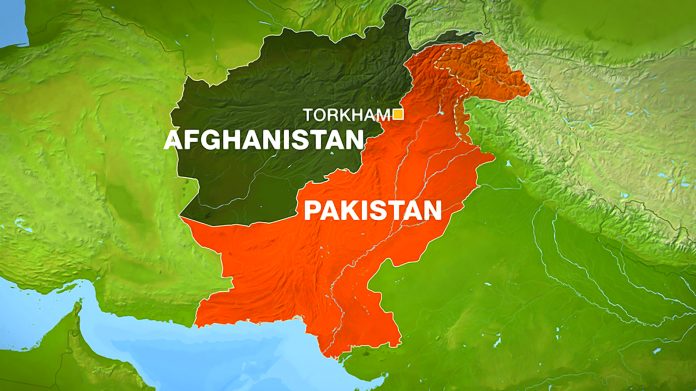Prof. Dr. Uzma Shuja’at
The foreign policy choices regarding Afghanistan are particularly challenging, as we face numerous obstacles in formulating a strategy following the Taliban’s takeover. To begin with, if we look back at the Pakistan-Afghanistan relationship, Pakistan consistently supported Afghanistan’s cause on international platforms, during bilateral meetings, and within multilateral forums. Pakistan actively encouraged its Western allies, particularly the United States, to engage with Afghanistan, however, the abrupt takeover by the Taliban drastically altered the situation.
Consequently, our policymakers believed that the Western approach, especially the sanctions and freezes on donor assistance led by the US, would only deepen the already severe humanitarian crisis. Pakistan had valid concerns about the potential destabilization of its neighbor, which was on the brink of economic collapse. This instability, in turn, carried obvious cross-border implications, including potential new waves of refugees seeking shelter in Pakistan. Moreover, the Taliban’s connections to Afghanistan-based militant groups posed further threats, as evidenced in the years following the Taliban’s takeover.
Historically, Pakistan-Afghanistan relations have never been smooth. No country desires a stable and progressive Afghanistan more than Pakistan, and at the same time, no other nation would suffer as much as Pakistan from instability there. When we examine the concept of the “Security Dilemma” by John H. Herz, it describes a situation where multiple states might be drawn into conflict over security concerns, even if none of them actually desire war.
This theory perfectly encapsulates Pakistan-Afghanistan relations. Pakistan never intended to open a front with Afghanistan; instead, our policy was to manage the situation in our neighboring country, even at significant cost to our security, social fabric, and the potential radicalization of our society during the protracted conflict. Additionally, the Taliban’s return to power is deeply entwined with extremist groups, providing safe havens for militants.
According to the UN Security Council, Afghan territory is now openly used as a base for training fighters with ambitions similar to those of Tehreek-e-Taliban Pakistan (TTP). Analysts agree there is little difference between the Afghan Taliban and the TTP, and both refuse to recognize the Durand Line, a border established in 1893. This refusal is clearly underscored by the Afghan Foreign Minister’s statement that Afghanistan has never recognized the Durand Line, highlighting the persistent tension between the two countries.
In light of these challenges, Pakistan’s sacrifices for its neighbor are evident, but these must not come at the expense of its own security and stability. The military roots in Pakistan’s border areas, especially in Waziristan, trace back to the colonial era when the British recruited people from northern areas as fighters. This legacy has continued as the region became a hub for recruiting and training young men during the Soviet invasion of Afghanistan in 1979.
Given this context, Pakistan must first prioritize its own internal order when considering its options. Economically, Pakistan’s leverage partly stems from Afghanistan being landlocked and dependent on Pakistan for trade. Approximately 50% of Afghan exports pass through Pakistan, and border crossings contribute more than 40% of Afghan customs revenues, which in turn constitutes nearly 60% of the Taliban’s total revenues. To address this, Pakistan has already eased transit trade rules and expanded the list of goods that can be imported through Pakistan. We have also implemented stricter screening of containers arriving from Afghanistan. Furthermore, the repatriation of Afghan refugees within a set timeframe is a necessary step. However, Pakistan’s policymakers must not overlook the potential for the Taliban to leverage Pakistan’s fears by increasing engagement with India in exchange for economic assistance.
Another potential threat is the use of violence against Pakistan through proxies, a strategy known as “escalate to de-escalate.” The Taliban might exploit Pakistan’s ongoing economic difficulties and domestic issues as bargaining tools. In conclusion, Pakistan must navigate this situation carefully, balancing US policies in the region, China’s support, and domestic unrest. The situation in Balochistan requires immediate policy discussion and rational decision-making to stabilize the country on all fronts.
The author is Acting Director of Area Study Center for Europe, University of Karachi.







